From Drought to Deluge: Lessons from California for a Resilient Water Future
By: Sara Aminzadeh
By Sara Aminzadeh, executive director, California Coastkeeper Alliance
California’s Waterkeepers lead the effort to make water conservation a way of life in that state.
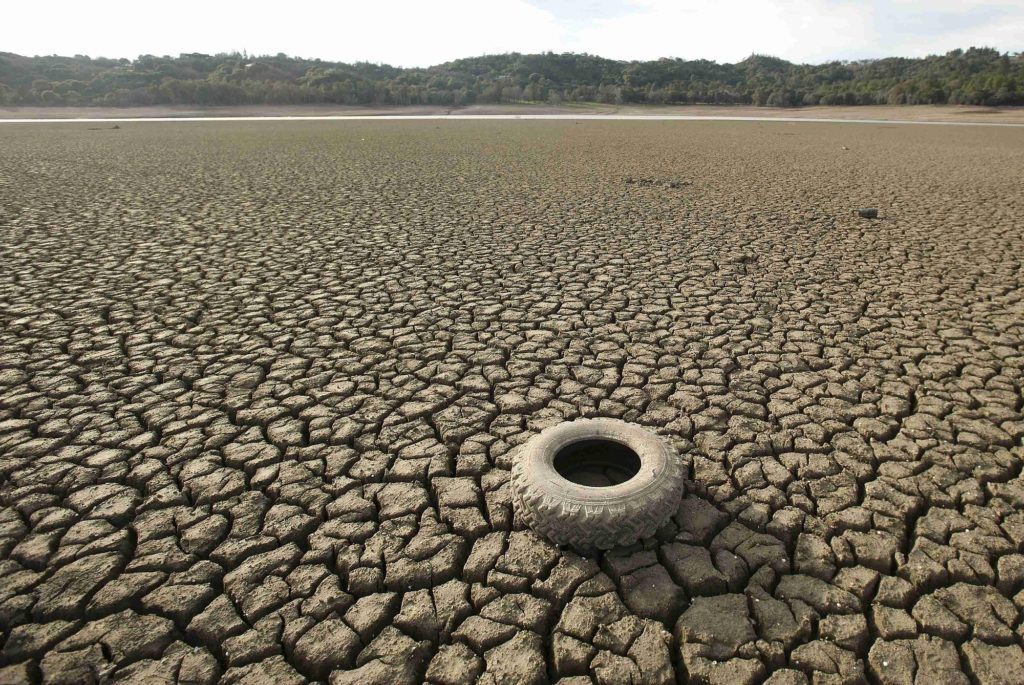
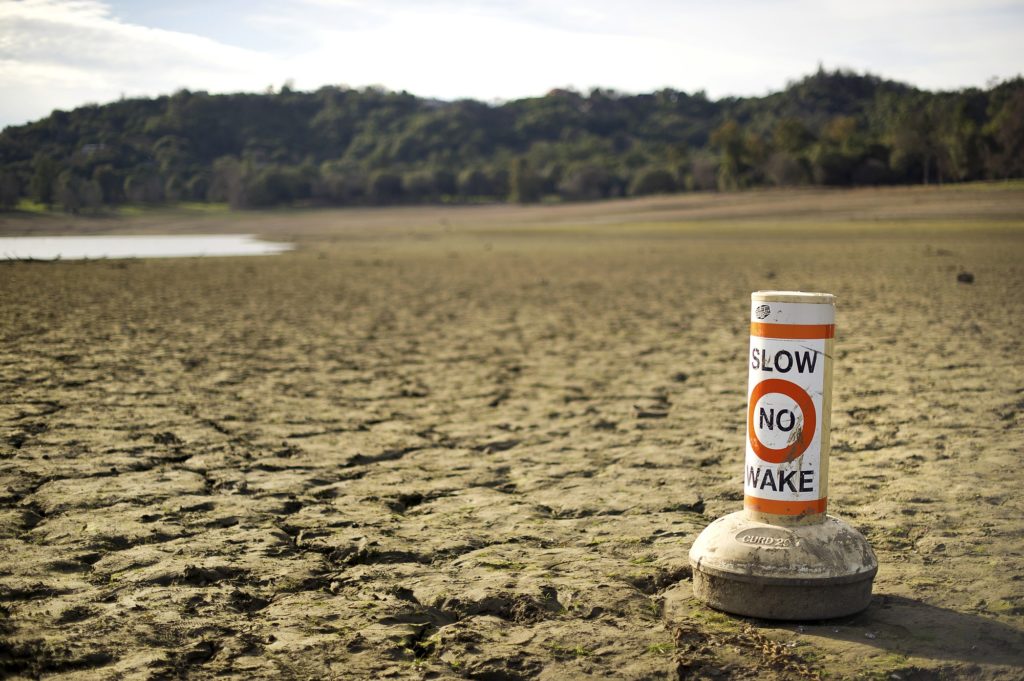
“During the dry years, the people forgot about the rich years, and when the wet years returned, they lost all memory of the dry years. It was always that way.”
John Steinbeck’s comment on California’s climatic cycles in his 1952 novel East of Eden, which lives on in the electronic signature of Russian Riverkeeper Don McEnhill, reminds us that these extremes have always punctuated life in California. But the recent historic drought that parched the state broke the mold. The four years between fall 2011 and fall 2015 were the driest since we started keeping records in 1895. Blistering heat in 2014 and 2015 also reached all-time-high temperatures. The wet years returned suddenly and forcefully this past winter, with weeks of record-setting rain that caused general flooding and overflowing reservoirs and threatened the integrity of the Oroville Dam, the tallest in the United States.
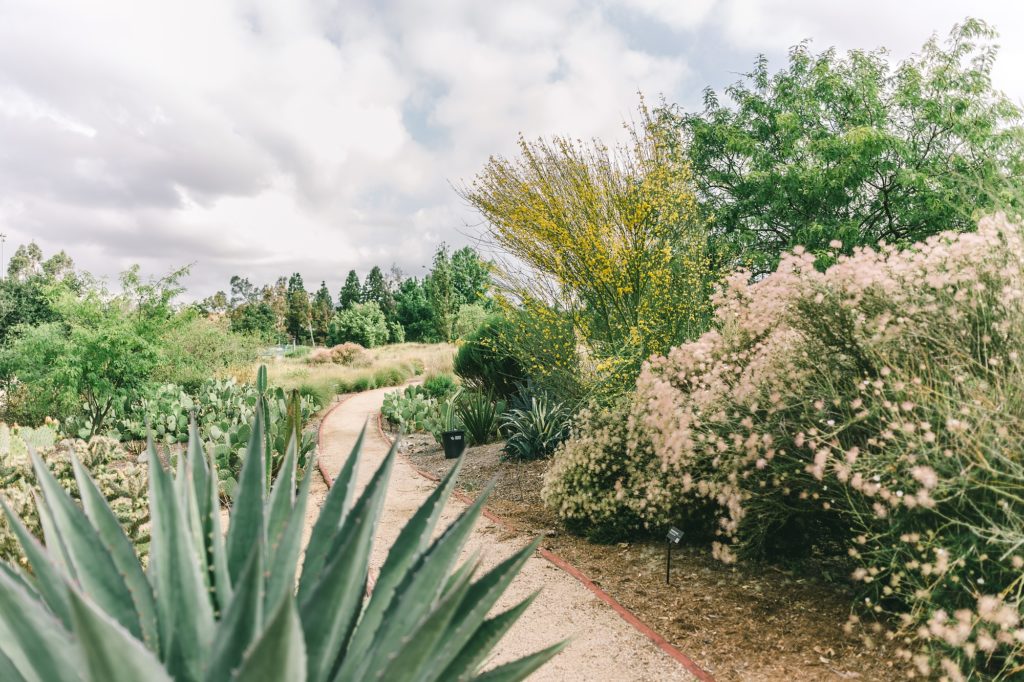
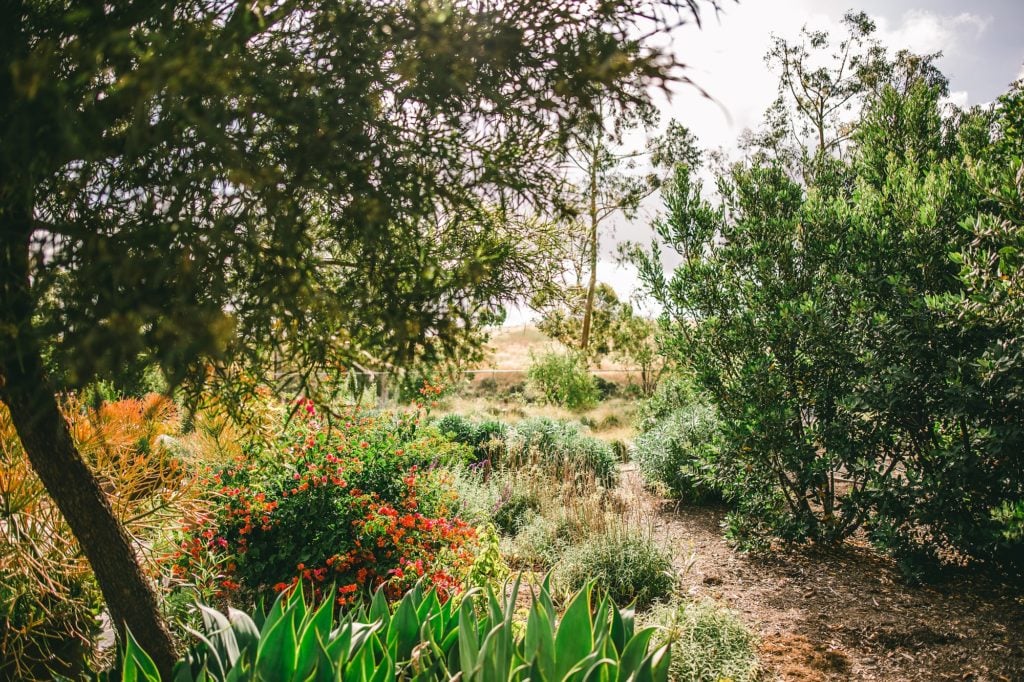
Our reservoirs and snowpack have quickly been replenished, but other effects of that longstanding drought are still being felt. The years of scorching temperatures and low flows hammered our rivers and their Chinook salmon runs, which already were on the brink of extinction because of pumping and diversions that left streams too shallow and warm to support them. Communities that already lacked access to safe, affordable drinking water had to make do with bottled water doled out by the state, and many are still not connected to reliable water systems. The drought revealed how vulnerable California’s water supply is to increasingly severe extremes associated with climate change.
In 2014, Governor Jerry Brown declared a state of drought emergency, and subsequently required a 25 percent reduction in water use, as well as prohibiting water-wasting practices such as spraying sidewalks with drinking water. Many communities and businesses stepped up immediately to comply, but some affluent areas, including Palm Springs and North San Diego, blatantly disregarded state mandates, pledging to pay whatever rates and fines came their way so that they could keep their lawns, hobby farms, polo fields and golf courses green.
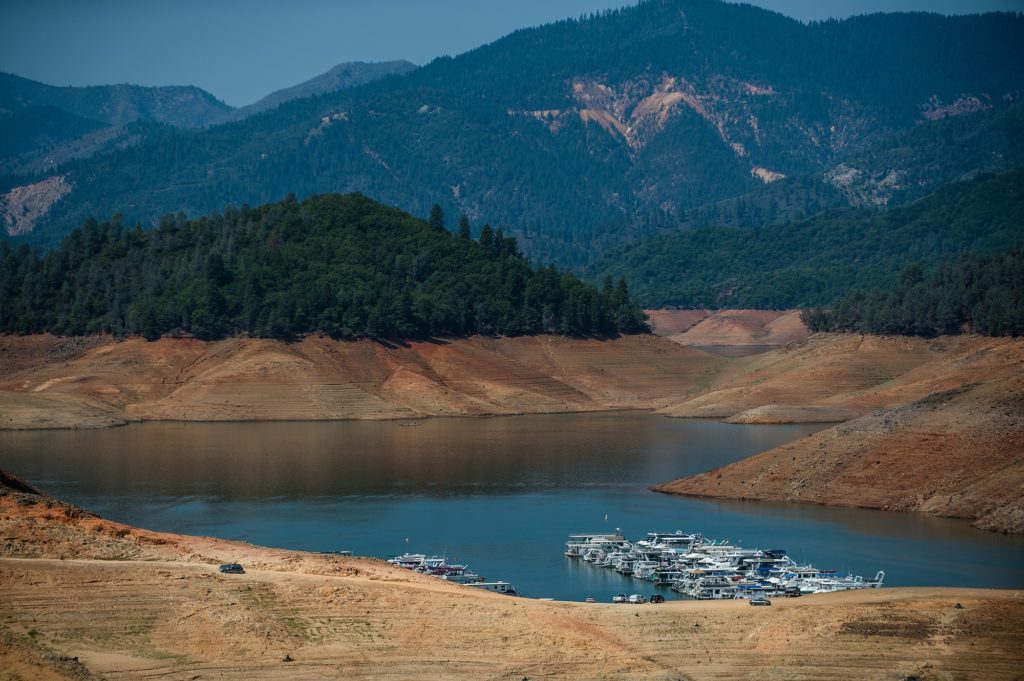
Media across the country began to pay attention to issues we had struggled to address for years, and, as a result, so did the public and decision-makers. The New York Times and Washington Post regularly covered California’s water news, and outlets everywhere tuned in to watch State Water Board meetings. Waterkeepers shone a spotlight on “water hogs” in press releases and other contacts with the media, and testified every month before the Water Board. We emphasized the injustice of allowing wasteful uses when more than a million people in our state did not have access to safe and affordable drinking water.
California had to stop taking water for granted and start using it more wisely, and Waterkeepers urgently advocated sustainable practices they had championed for years, beginning with individual households. Russian Riverkeeper Don McEnhill made public his own water bill each month to demonstrate how a family of four could achieve 20 percent conservation. His organization, in the state’s northwest, produced a water-conservation video entitled #Saveit. Orange County Coastkeeper, located in a region with some of the state’s highest per-capita residential water use, utilized its 2.5-acre Coastkeeper Garden, which showcases six different low-water, California-friendly alternative gardens, and ramped up their “Smartscape” program for designing water-saving, drought-tolerant landscapes.
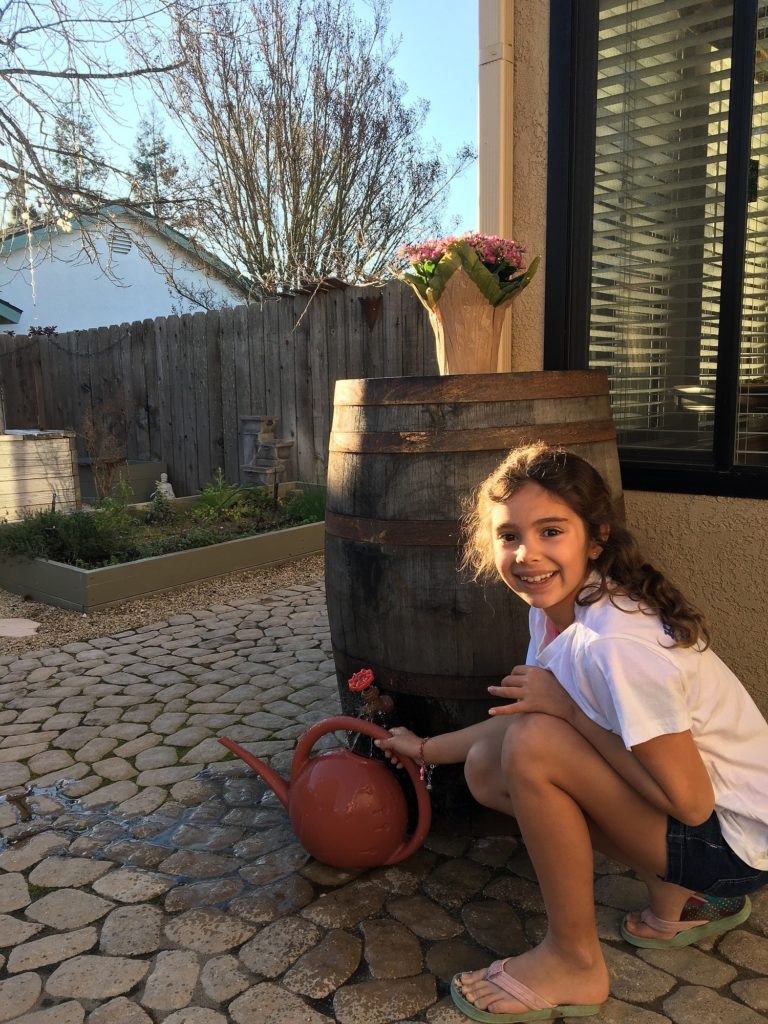
Santa Barbara Channelkeeper partnered with several wineries and one brewery to convert their brewing barrels into beautiful oak rain-capture barrels (an idea imported from Milwaukee Riverkeeper—who else?).
In its car-centric locale, Los Angeles Waterkeeper launched the “Dirty for the Drought” campaign, encouraging residents to take a “Dirty Car Pledge” to not wash their cars for 60 days, and broadcast the “Dirty for the Drought” slogan on eight billboards. Over 10,000 Angelenos took the pledge, saving over 3 million gallons of water and warranting national-media attention.
But while some water users focused on conservation, others saw an opportunity to leverage drought fears to build large, expensive water supply projects. We saw a rush of projects that promised short-term relief, despite high financial and/or environmental costs. Proponents of ocean desalination, an expensive and energy-intensive process that has long been considered an option of last resort, sought to expedite approval of proposed facilities, applying political pressure on government agencies. A previously mothballed plant in Santa Barbara was scheduled to restart this summer, at an estimated cost of $70 million.
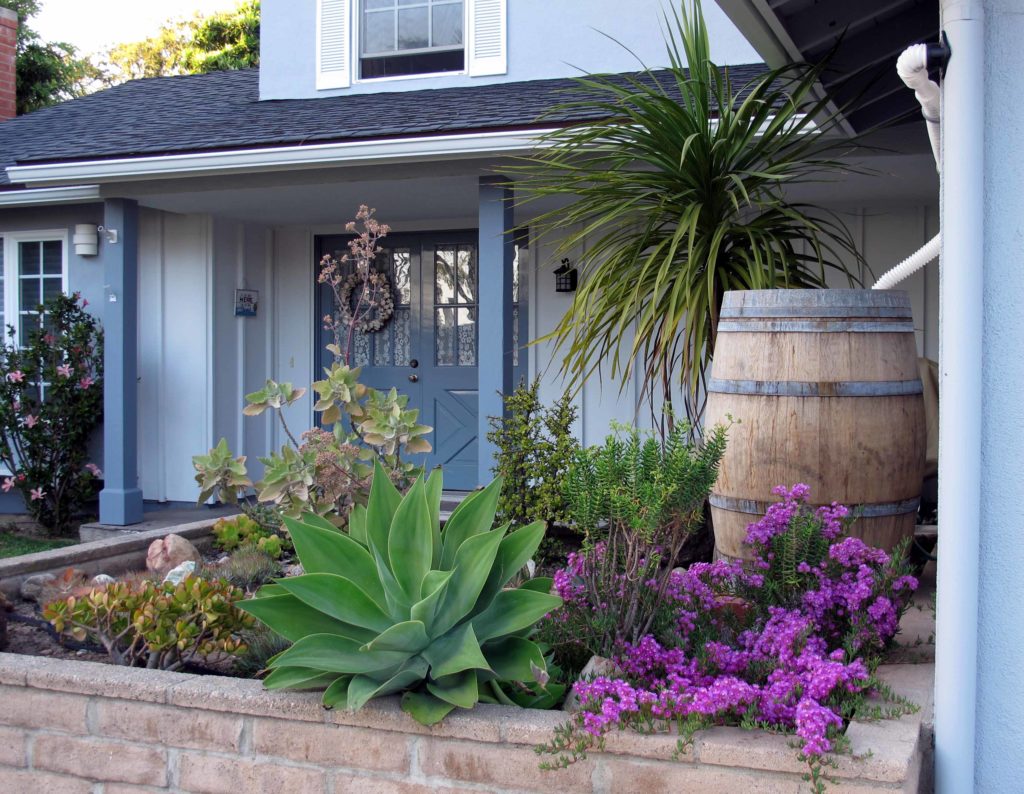
Southern California Waterkeepers have worked tirelessly to fend off this aggressive push, organizing local hearings, producing technical reports to demonstrate impacts, and, of course, using the law. Orange County Coastkeeper filed several suits to challenge and stop construction of a recklessly planned facility in their region, and San Diego Coastkeeper filed suit to require San Diego to recognize and account for the greenhouse-gas emissions caused by their newly built facility – the largest in the Western Hemisphere.
Amid widespread concerns about water shortages, the policies and practices that protect our environment fell by the wayside. Farmers and ranchers drilled and drew groundwater from aquifers in unmeasured and unregulated quantities. We also saw environmental laws violated under the guise of emergency measures.
California Coastkeeper Alliance worked with local Waterkeepers to track, watchdog and halt all attempts to undermine the state’s environmental protections and push through bad proposals, which became a four-year game of whack-a-mole in the legislature and state agencies. Our work led to the adoption of California’s first comprehensive policy to regulate ocean desalination, establishing environmental safeguards such as a requirement that all new facilities include intake pipes beneath the ocean floor to reduce harm to marine life. Coastkeeper Alliance also advocated for water-supply strategies that are less costly than desalination.
When the rains returned last fall, the urgent need to conserve water faded, and residents began asking, “Are we still in a drought? Can we start watering our lawns again?” In May 2016, Governor Brown issued an executive order directing state agencies to “make conservation a California way of life.” It was a promising sign of leadership, but we knew from our daily battle over emergency regulations that some water suppliers would be lobbying against a new permanent framework, arguing for exceptions, credits and adjustments in the name of “local control.” It was clear that advocates had to come up with ideas to transform permanently the way our state used water.
We ramped up our efforts to rally support for efficiency and conservation, not only in times of emergency, but also as a full-time strategy for a state challenged by increasingly extreme conditions as a result of climate change. Studies suggest that California’s droughts are becoming longer and drier, and that precipitation is falling increasingly as rain instead of snow.
Climate change will severely reduce water-supply reliability throughout the West. We worked with more than 30 scientists to pen a letter to the governor urging permanent conservation reforms, noting: “business as usual is not an option; California simply does not have enough water to support our old ways.” We joined with the building industry and businesses in Silicon Valley to demonstrate the potential for California to meet water needs through homegrown innovation and technology.
On April 7th the governor declared the California drought was over in all but four Central Valley communities. Importantly, Governor Brown reaffirmed his commitment to make conservation a way of life with new water-conservation targets, drought-planning and prohibition of water-wasting practices.
California Coastkeeper Alliance, the Natural Resources Defense Council and other partners hope to pass a package of bills this year that commits California to a permanent framework of conservation measures, including providing planning guidance for rural, urban and agricultural users to reflect permanent conservation regulations, and directing state agencies to develop common standards for efficient indoor and outdoor water use and for losses from leaks.
These standards would be used to create a water-use target for each urban water supplier based on local conditions such as population and climate. Each supplier would be able to choose projects that provided the most bang for their buck, such as repairing leaks or promoting more water-efficient landscapes.
Some worry that too much focus on urban water conservation distracts from larger, systemic water-supply issues, such as inordinate usage by Big Agriculture. Are we encouraging token actions when wholesale reforms are needed? Perhaps. California’s water system is still structured in such a manner that conserved water doesn’t reach the ecosystems and people that need it most. But our policymakers and the public are engaged in water issues like never before, and I believe something has shifted in the way that our state thinks about and values water. It’s a palpable cultural change that can spark further and deeper reforms.
We know that, as our climate changes, our droughts and deluges will continue to break records. This is our new normal. Or rather, there is no more “normal.” Yet during the devastating drought we have just endured, Californians, supported by their Waterkeepers, have proven that we can rally, and even thrive, in extraordinary circumstances. W